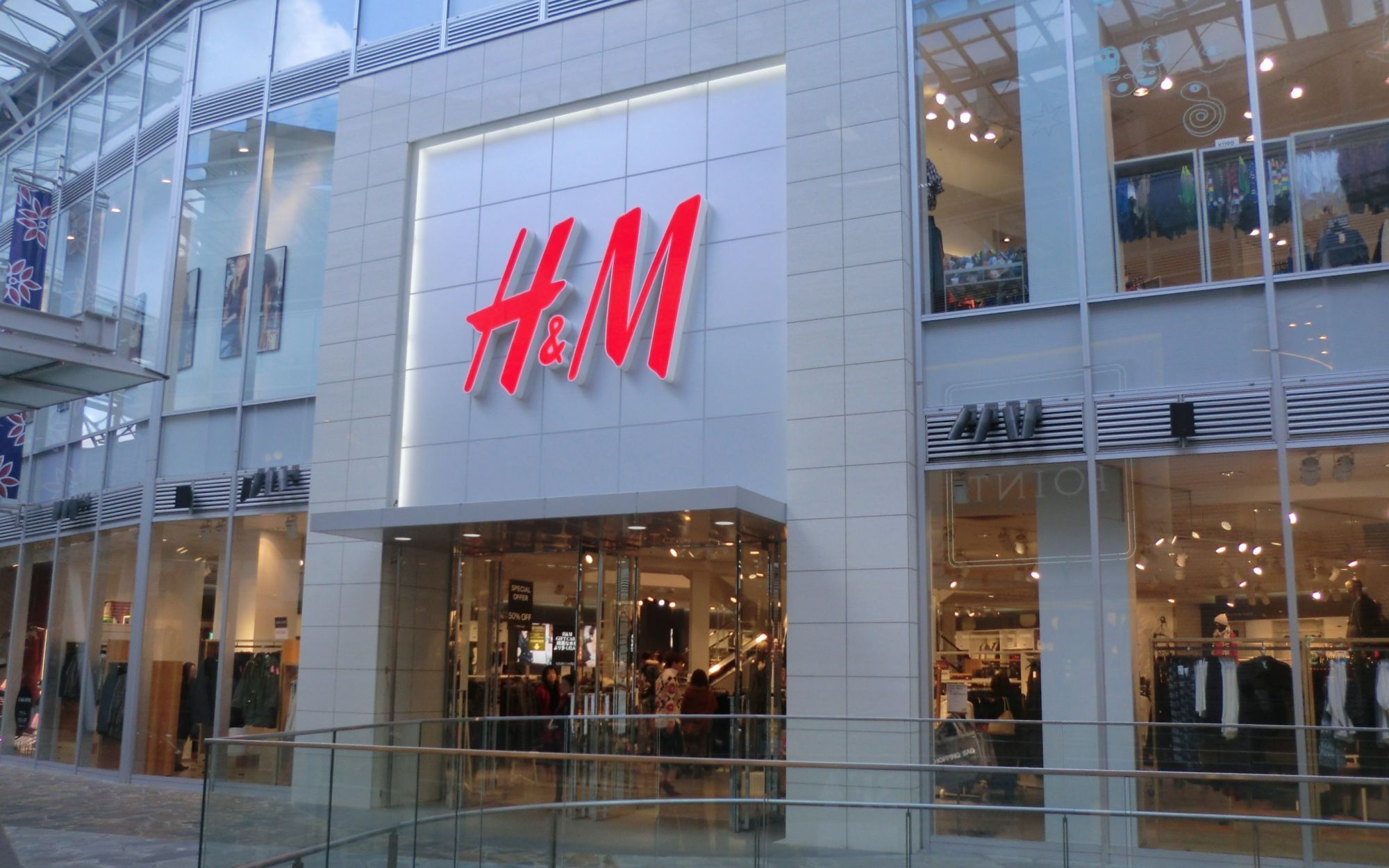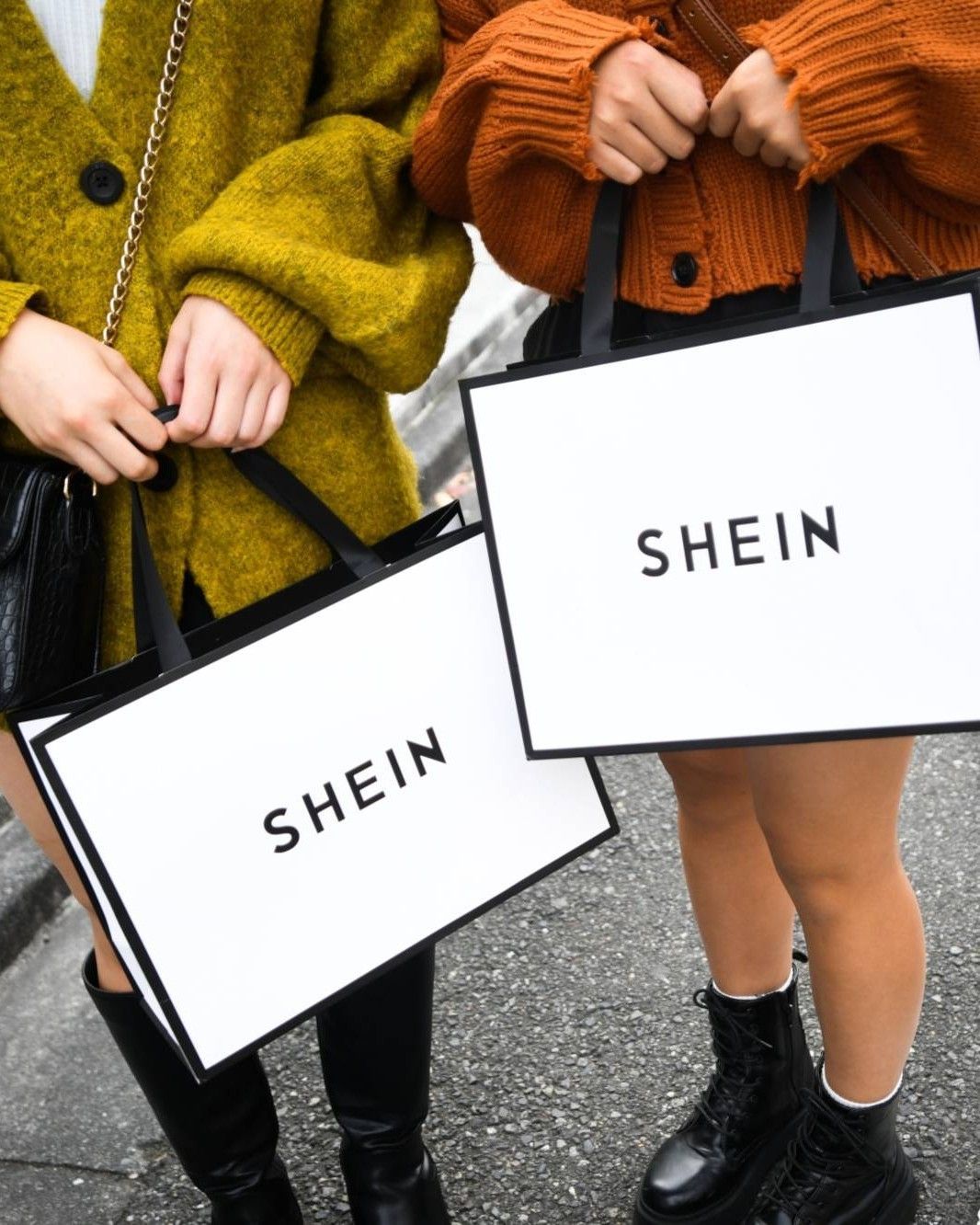
H&M under fire for false sustainability claims How the greenwashing problem is taking on new proportions
A woman named Chelsea Commodore, about whose person no further details are known, has sued H&M in federal court in New York accusing the Swedish fast fashion titan of essentially lying about the sustainability of its products. The proof of this deceptive advertising, which also allegedly led consumers to spend more money on falsely sustainable products, would lie in the fact that, as reported by The Fashion Law, H&M allegedly used a system of green labels that highlighted the sustainability of certain products «only to ultimately remove them after being called out for using “falsified information that did not comport with the underlying data.”» These labels, which can also be found on the brand's products in Italy, were the subject of an investigation by Quartz, which published a report in recent days according to which «i in many cases, H&M displayed data that gave a totally wrong picture of a garment’s impact on the environment. Those errors came about because the retailer’s website ignored negative signs in Higg Index scores. For instance, a dress with a water-use score of -20% (as in, it uses 20% more water than average) was listed on H&M’s website as using 20% less».
@ysabellewallace H&M haul from itsly
original sound - ysabelle
A further implication of the lawsuit filed by Commodore against H&M lies in the issue of advertising: consumers were induced to pay more for garments that were ostensibly more sustainable but were actually much less so. In a semi-ironic side note to the piece, The Fashion Law points out that, in fact, given the very low price of the products offered for sale the fact that H&M's garments were not exactly sustainable would not be a huge surprise. To compound the allegations even further, then, Commodore also takes aim at H&M's recycling program by asserting that: «Recycling solutions either do not exist or are not commercially available at scale for the vast majority of the products». Another statement made by the woman is that it would take ten years to recycle all the clothes that H&M sells in a few days. A statement that casts a shadow over a fast fashion system that, in spite of every claim, has never really changed and in fact continues to grow and proliferate every day. It also doesn't help that a haul culture thrives on TikTok, with hastags dedicated to H&M alone surpassing 261 million views.
The case of H&M's accusations highlights one of the main problems in fashion sustainability: the ambiguity of words. When a brand produces a product that is truly sustainable, and therefore costs more as well as involves more production effort, it should indeed expose to clear numbers, without apparent ambiguity the demonstration that substantiates its claim. But when, as is often the case, a brand relies on vague statements that we don't know what they mean, such as that a certain garment has unspecified "sustainable properties" or that "at least 40 percent" of a certain garment is made from recycled or reclaimed materials we might assume that we are up against some kind of manipulation. It doesn't help, for example, that many rating systems are too flexible and misunderstandable in this sense (it is no coincidence that the Higg index one has been much criticized according to Quartz) or that certain positive data are shown while the many other negatives are hidden. In general, and especially in the U.S., public and press attention is beginning to grow toward brands' claims about their commitment to sustainability-commitment that in fact does not exist and is being faked by a variety of ambiguous information designed to mislead consumers. After all, if all brands were as sustainable as they claim to be the planet would already be saved.















































